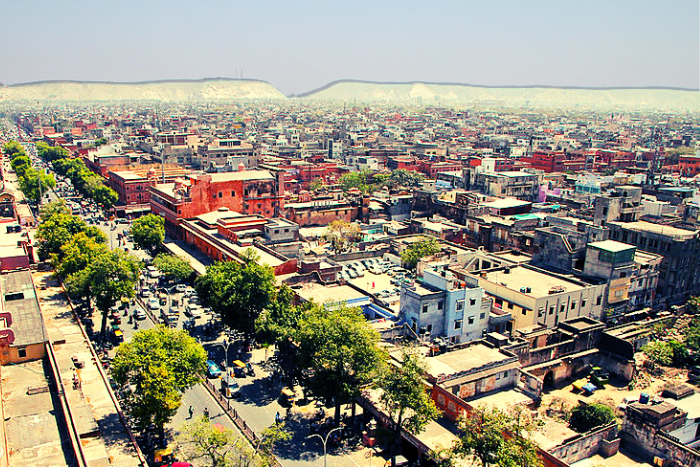Only 10 out of 37 plans reviewed seem to establish locally defined temperature thresholds and only 11 discuss funding sources, finds the report
A new report by the Centre for Policy Research (CPR) assessed 37 heat action plans (HAPs) across 18 states to understand how well prepared the country is to deal with heatwaves.
HAPs are India’s primary policy response to economically damaging and life threatening heat waves. They prescribe a variety of preparatory activities, disaster responses, and post heatwave response measures across state, district, and city government departments to decrease the impact of heatwaves.
The report found that most HAPs are not built for local context and have an oversimplified view of the hazard, with a general focus on dry extreme heat. Only 10 out of 37 HAPs reviewed seem to establish locally defined temperature thresholds, although it is unclear whether they take local risk multipliers (such as humidity, hot nights, duration of continuous heat among others) into account to declare a heatwave. Hot nights, heatwaves coming earlier, and cascading impacts are unevenly considered across HAPs. Climate projections, which could help identify future planning needs, are not integrated into current HAPs.
37 heat action plans reviewed across India at the city (9), district (13) and state (15) levels across 18 states.
According to the analysis, nearly all HAPs are poor at identifying and targeting vulnerable groups. Only two of 37 HAPs explicitly carry out and present vulnerability assessments (systematic studies to locate where the people most likely to be affected are in a city, district, or state). While most HAPs list broad categories of vulnerable groups (elderly, outdoor workers, pregnant women), the list of solutions they propose do not necessarily focus on these groups.
This means the implementer is left with little data on where to direct their scarce resources and could lead to poor targeting, the report stated. While most HAPs identify broad categories of vulnerable groups, the list of solutions they propose do not necessarily focus on these groups.
The report also found that HAPs are underfunded and have weak legal foundations. Only 11 of 37 HAPs discuss funding sources. Of these, eight asked implementing departments to self-allocate resources, indicating a serious funding constraint. None of the HAPs studied indicate the legal sources of their authority. While this is not necessary for plans, it reduces bureaucratic incentives to comply with HAP instructions, which is significant in the context of understaffed and overburdened implementation agencies tasked with simultaneously implementing several other long-term plans. It also reduces the accountability of implementing agencies, added the report.
Moving on to transparency, the report found that there is no national repository of HAPs and very few HAPs are listed online. It is unclear whether these HAPs are being updated periodically and whether this is based on evaluation data.
The report recommended creating a national repository of HAPs housed in the National Disaster Management Authority (NDMA) and conducting independent, publicly accessible external evaluations of their performance. Greater capacity investment on the capacity of transformative, cross-cutting actors like government departments, civil society, and the local heat research ecosystem is required, added the report. Identifying sources of financing either from new funds or by combining actions with existing national and state policies will be beneficial.
“India has made considerable progress by creating several dozen heat action plans in the last decade. But our assessment reveals several gaps that must be filled in future plans. If we don’t, India will suffer damaging economic losses due to decreasing labour productivity, sudden and frequent disruptions to agriculture (like we saw last year), and unbearably hot cities as heatwaves become more frequent and intense,” said Aditya Valiathan Pillai, associate fellow at CPR and co-author of the report.
About The Author
You may also like
Children Born in 2020 Will Live Through Unusual Climate Extremes: Study
Extreme Heat is Increasing Pregnancy Risks Around the World: Study
Rise in temperature leading to increased suicide rates in US, Mexico: Study
14.5 million lives may be lost by 2050 due to climate change: WEF report
The Silent Killer: Assessing the Impact of Biomass Burning on Women’s Health


